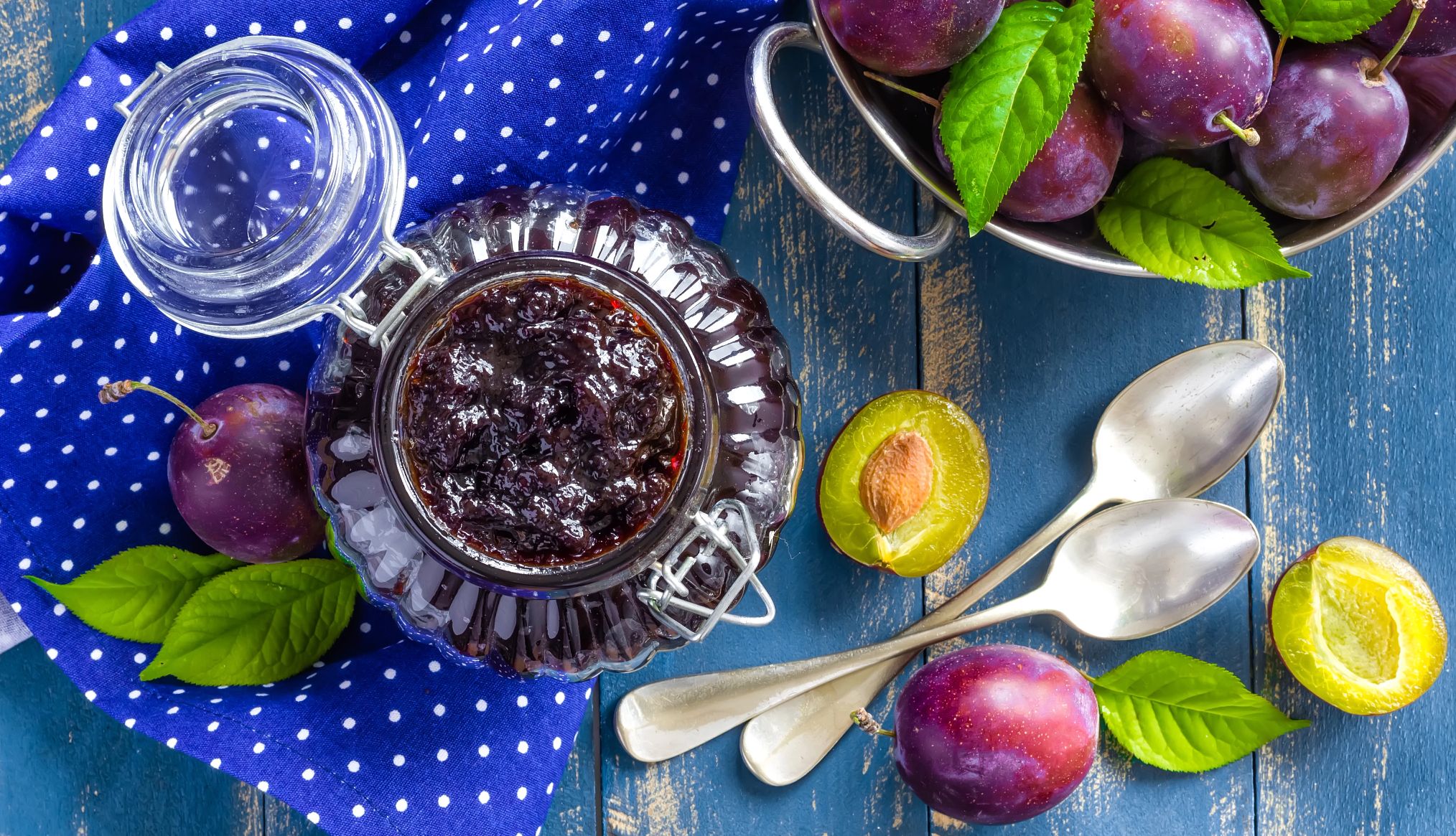- Select a language for the TTS:
- UK English Female
- UK English Male
- US English Female
- US English Male
- Australian Female
- Australian Male
- Language selected: (auto detect) - EN
Play all audios:
_Nature Chem. Biol._ doi:10.1038/nchembio.145 (2009) Bacteria use two biosynthetic pathways to create iron-scavenging molecules, called siderophores, that are essential to their
proliferation. Most siderophore research has focused on one of these — the nonribosomal peptide synthetase (NRPS)-dependent pathway — whereas the other, the NRPS-independent siderophore
(NIS) pathway, has been largely ignored. James Naismith of the University of St Andrews in Scotland and his colleagues are the first to solve a NIS enzyme's structure: that of AcsD,
which occurs in the plant pathogen _Pectobacterium chrysanthemi_. The structure reveals that AcsD catalyses reactions between ATP, citric acid and an amino acid, l-serine, making a probable
precursor to the siderophore. The authors hope their work will help in the design of inhibitors of siderophore-making enzymes from human pathogens. RIGHTS AND PERMISSIONS Reprints and
permissions ABOUT THIS ARTICLE CITE THIS ARTICLE Chemical biology: Casting iron. _Nature_ 457, 638 (2009). https://doi.org/10.1038/457638e Download citation * Published: 04 February 2009 *
Issue Date: 05 February 2009 * DOI: https://doi.org/10.1038/457638e SHARE THIS ARTICLE Anyone you share the following link with will be able to read this content: Get shareable link Sorry, a
shareable link is not currently available for this article. Copy to clipboard Provided by the Springer Nature SharedIt content-sharing initiative









